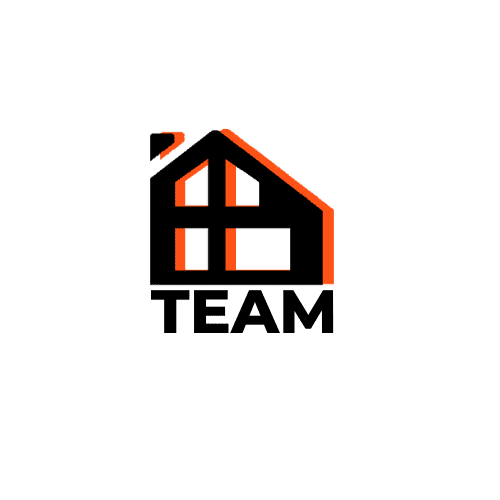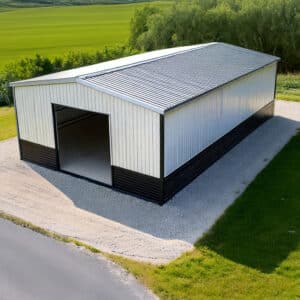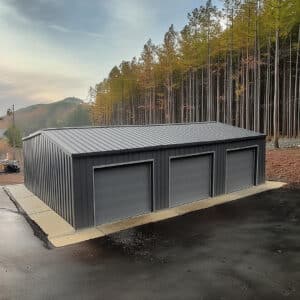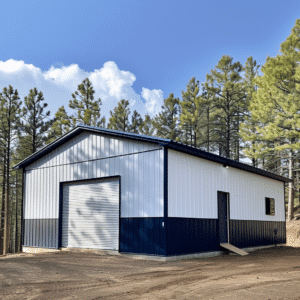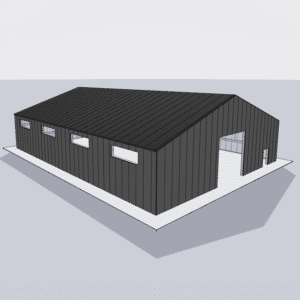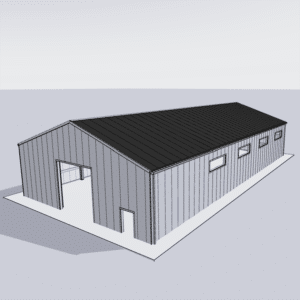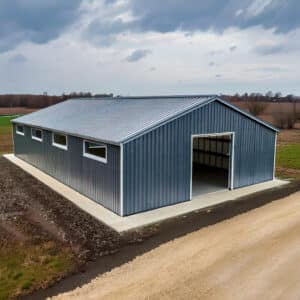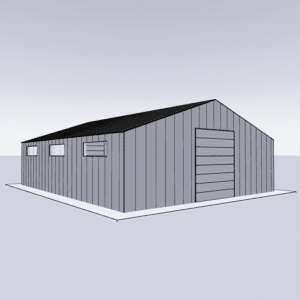Permits and Local Building Codes for Steel Buildings
Building a steel structure is an exciting investment, but before you can start construction, you need to ensure that your project complies with local building codes and that you have the necessary permits. In this guide
Home
Steel Building Maintenance Guide
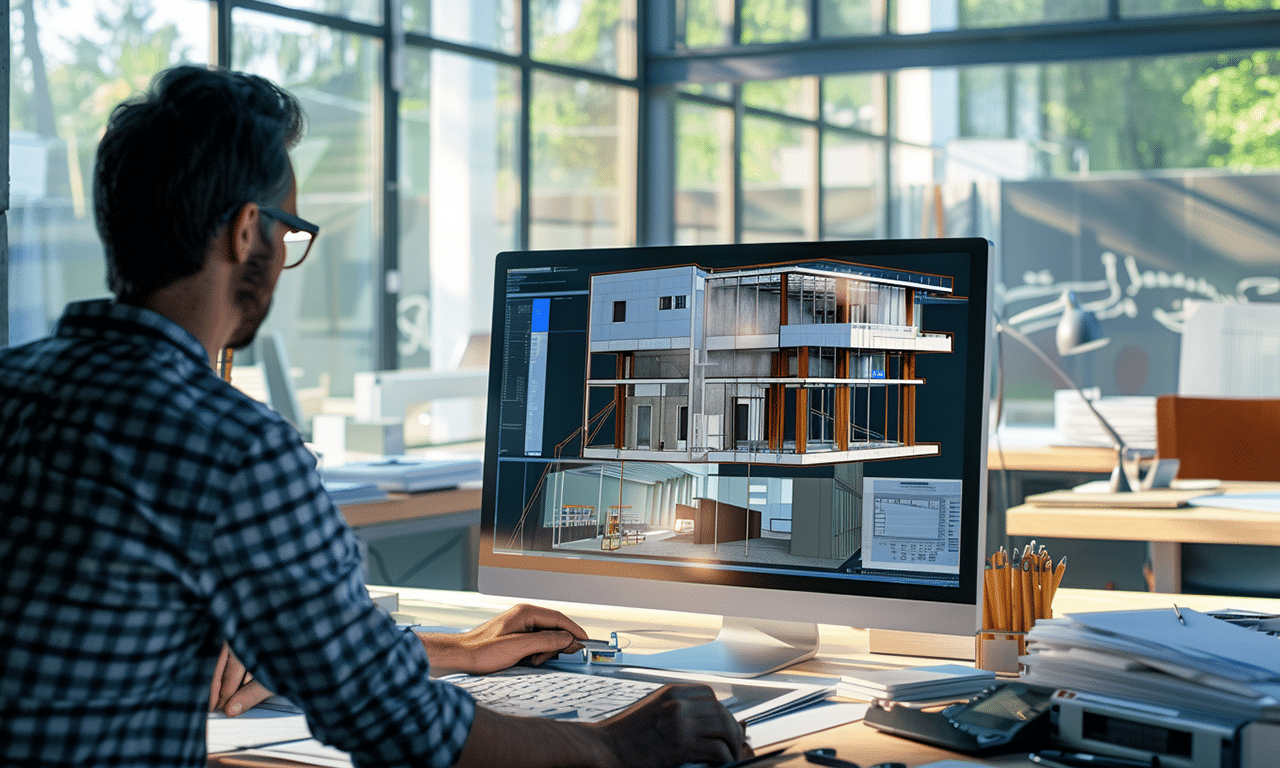
we’ll walk you through the key aspects of permits and building codes that apply to steel buildings, helping you navigate the legal requirements and avoid potential roadblocks.
Why Permits and Codes Matter
Building codes and permits exist to ensure that construction projects meet safety standards and are in compliance with local laws. For steel buildings, these regulations ensure:
- Structural safety
- Proper use of materials
- Adherence to zoning laws
- Compliance with environmental standards
- Fire and safety code adherence
Skipping permits or failing to follow building codes can result in fines, project delays, or even the removal of your structure. That’s why it’s crucial to be familiar with the process before starting your project.
How to Obtain a Building Permit for a Steel Building
The process of obtaining a building permit can vary based on your location and the type of building. Here’s a general overview of the steps involved:
1. Check Local Zoning Laws
Before applying for a building permit, you’ll need to ensure that your property is zoned for the type of steel building you’re planning to construct. Zoning laws regulate land use and may limit the size, height, or purpose of your building.
- Residential Zoning: Zoning regulations in residential areas might restrict the size of garages or other steel structures you can build.
- Commercial Zoning: In commercial zones, you’ll need to comply with more stringent codes, especially for safety and accessibility.
Explore our Steel Building Buying Guide to learn more about choosing the right type of building for your zone.
2. Prepare Your Building Plans
You’ll need to submit detailed construction plans when applying for a building permit. These plans should include:
- Building dimensions
- Material specifications
- Foundation and structural details
- Electrical and plumbing (if applicable)
Make sure your plans are in compliance with local building codes, which dictate everything from the strength of the materials to the way the building must be anchored to its foundation.
If you need help with planning and design, visit our Steel Building Design Services for professional support.
3. Submit the Permit Application
Once your plans are ready, submit them to your local building authority along with the permit application. You may need to pay a fee based on the size and type of building. The authority will review your submission to ensure it meets safety standards and complies with all local regulations.
4. Inspections
After submitting your permit application, you may be required to schedule inspections at various stages of construction. These inspections ensure that the work meets safety and building code standards. Inspections typically occur during the following stages:
- Foundation pouring
- Framing and structural assembly
- Electrical and plumbing installation (if applicable)
- Final inspection upon completion
For professional installation, check out our Construction Services to ensure your project meets all local standards.
Common Building Codes for Steel Structures
Building codes vary depending on the location and the specific type of steel building you are constructing. Below are some common codes that may apply to steel structures:
1. Structural Integrity Codes
These codes dictate how strong the building must be to withstand local conditions such as wind, snow, and earthquakes. For example:
- Snow Load: If you live in an area prone to heavy snow, your steel building must meet specific requirements for snow load to prevent roof collapse.
- Wind Resistance: Coastal or high-wind areas require steel buildings to be reinforced for wind resistance.
2. Foundation Requirements
Steel buildings must be securely anchored to their foundations. Building codes will specify the type of foundation needed (e.g., concrete slab or footings) and the required depth to ensure stability.
3. Fire Safety Codes
Fire safety is critical, particularly for commercial buildings. Your steel structure may need fire-resistant materials or specific ventilation systems to comply with local fire codes.
Learn how to protect your building and keep it compliant with our Durability and Maintenance Guide.
4. Energy Efficiency Standards
Many regions now require buildings to meet energy efficiency standards. These codes often specify the minimum R-value for insulation, the type of doors and windows you can use, and energy-efficient HVAC systems.
Need help choosing the right insulation? Visit our Steel Building Insulation Guide for advice on energy-efficient solutions.
5. Accessibility Standards (ADA Compliance)
For public or commercial buildings, you’ll need to comply with the Americans with Disabilities Act (ADA) to ensure your building is accessible to all individuals. This may include installing ramps, accessible entrances, and compliant restrooms.
-
30×50 Metal Building MB212305014W0 Deposit
$18,000.00 Add to cart -
30×50 Garage Package Deposit
$8,500.00 Add to cart -
30×30 Garage Package Deposit
$8,500.00 Add to cart -
20×40 Garage Package Deposit
$5,500.00 Add to cart -
60×80 Steel Building Kit Deposit
$20,000.00 Add to cart -
50×100 Steel Building Kit Deposit
$20,000.00 Add to cart -
50×80 Steel Building Kit Deposit
$20,000.00 Add to cart -
50×60 Steel Building Kit Deposit
$20,000.00 Add to cart
Regional Variations in Building Codes
Building codes can vary significantly from one region to another due to different environmental conditions. Below are some examples of how codes may differ by region:
- Northern Regions: Areas with cold climates may have stricter requirements for snow load capacity and insulation.
- Coastal Regions: Buildings in coastal areas need to meet higher standards for wind resistance and corrosion protection due to salty air.
- Earthquake Zones: If you’re building in an earthquake-prone area, your steel building will need to meet seismic codes for additional structural support.
Not sure which codes apply to your region? Check out our Steel Building Durability Guide for more information on building in different climates.

Residential Construction
Your dream home or residential steel building project is in good hands with us.
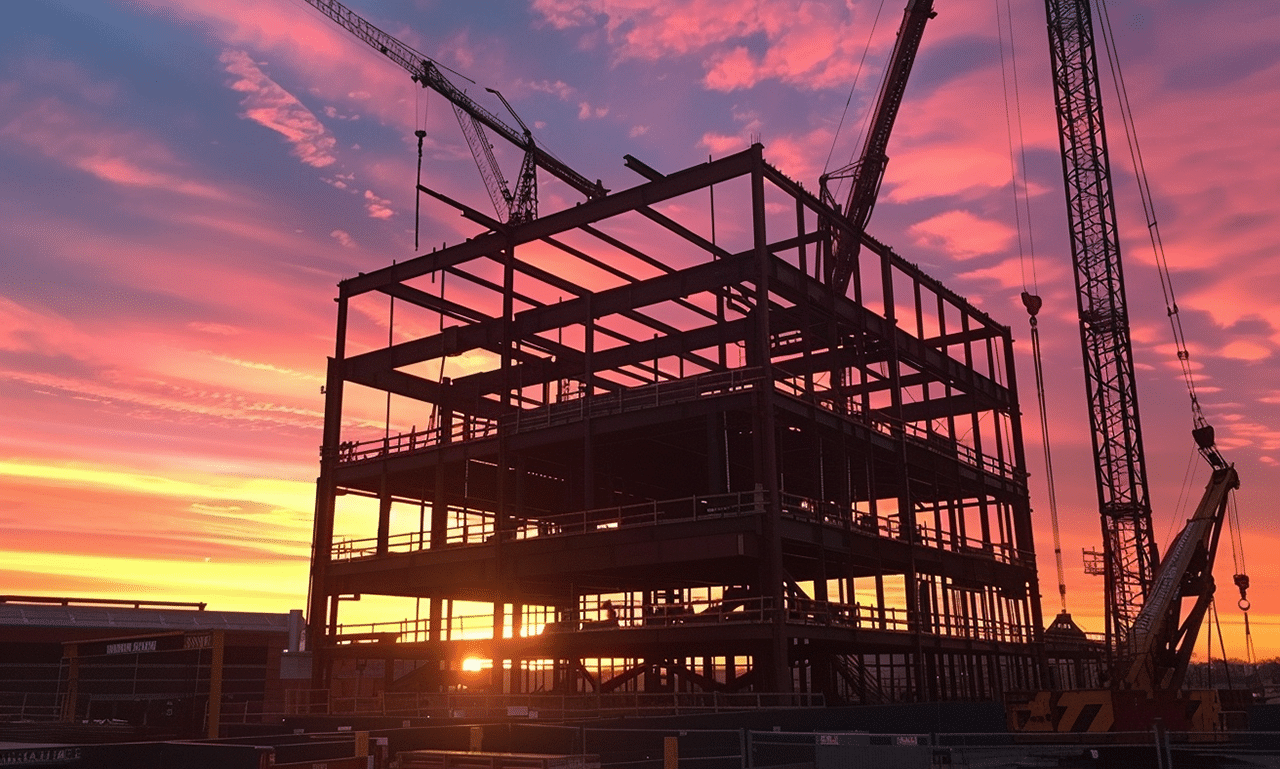
Commercial Construction
From warehouses to office spaces, we manage the design, construction, and ...

Custom Building Projects
Tailoring every aspect to your vision, our Building Projects service delivers unique steel structures

Describe Your Project
Share your project details, and we’ll assign you an expert to provide tailored advice and guide you through the next steps.
Step 02
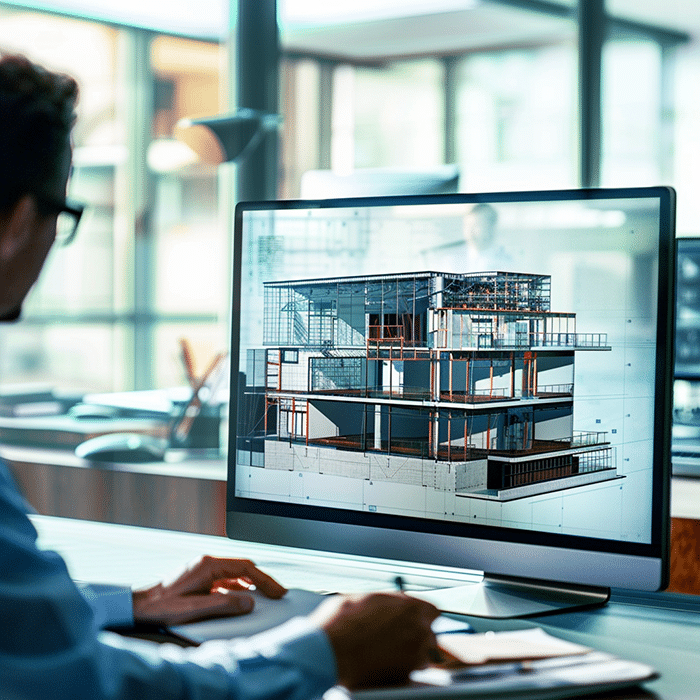
Get a Tailored Quote
Based on your project requirements, we’ll provide a customized quote that includes design, materials, and any additional services you may need.
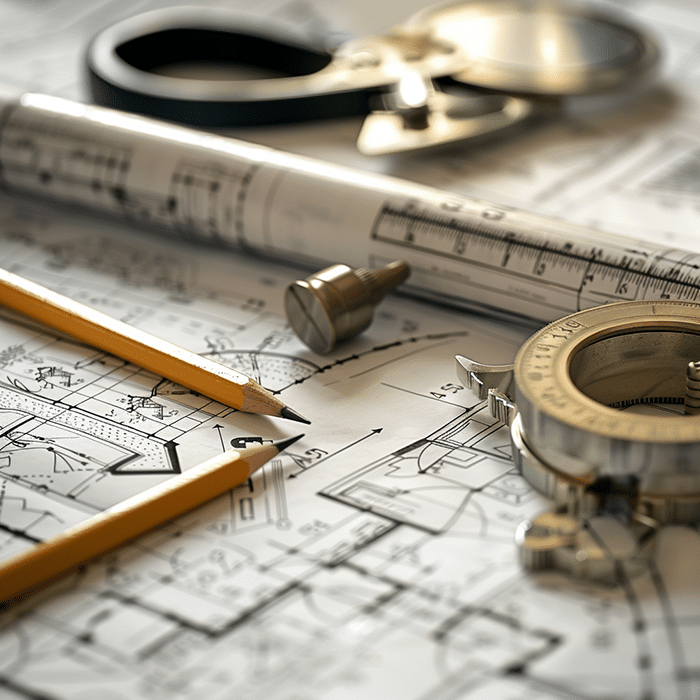
Questions - Approvals
Review the project plan and design we propose. Once you approve, we’ll finalize the timeline and prepare everything to start the process.

Start Building
Our skilled professionals will begin the construction process, delivering high-quality workmanship and keeping you informed every step of the way.
FAQ’s
How long does it take to get a building permit?
Permit approval times can vary depending on the location and complexity of the project. On average, it can take anywhere from a few days to several weeks.
What happens if I don't get a building permit?
-
Building without a permit can result in fines, project delays, or being required to remove or modify the structure. It’s always best to obtain the necessary permits before starting construction.
Do I need a permit for a small steel building, like a garage or shed?
Even small buildings usually require a permit. Check with your local authorities to find out the specific requirements for your project
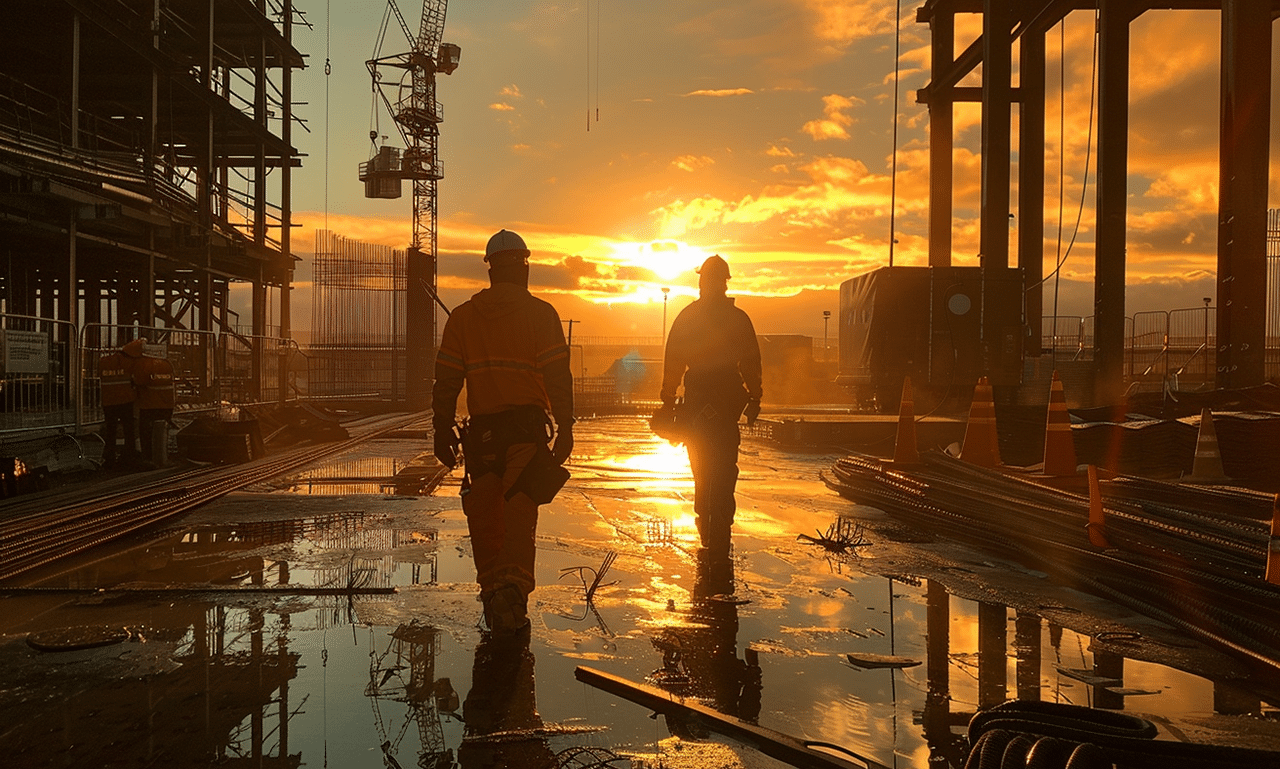
Understanding and complying with local building codes and permit requirements is an essential part of any steel building project. By following the correct steps, you can ensure your building is safe, legal, and built to last.
Need help navigating the process? Contact Us or visit our Steel Building Construction Services page for expert advice and turnkey solutions.
Your Building Project, Simplified
- Clear, upfront pricing
- Thorough evaluation to ensure the best value for your investment
- Flexible customization options
- Fast delivery times
- Expert guidance to keep you fully informed at every step
Contact
